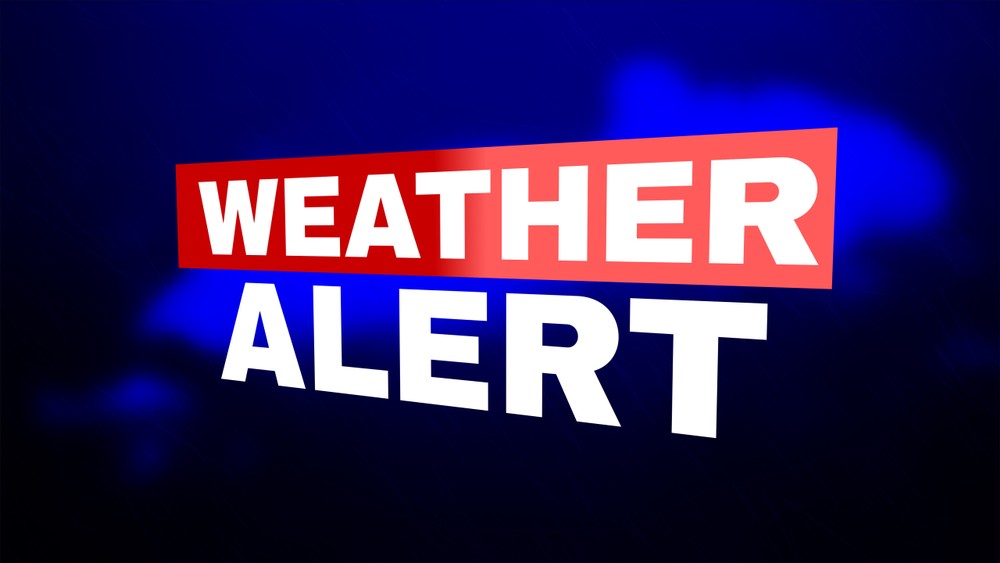Indoor Heat: A Hidden Threat
When we talk about heat waves, we usually think of the scorching outdoors. But inside temperatures can pose equally lethal threats, especially for those without air-conditioning. Leah Schinasi, an assistant professor at Drexel University, focuses on this overlooked issue.
Housing can intensify heatwaves, making living spaces unbearably hot. According to recent research led by Schinasi, the indoor heat can be even worse than outdoor temperatures. During heat waves, vulnerable groups such as the young and elder remain indoors, unaware of the health hazards that a heated house can bring.
The Indoor Heat Effect
Schinasi quotes an uncomfortable truth. She says, “it can actually get hotter indoors than outside.” This statement brings an alarming focus on low-income groups who can’t afford air-conditioning or the cost to run it. They are in danger, as indoor overheating can trigger serious health issues like heart and respiratory troubles, risk of blood clots, and kidney malfunctions.
According to the CDC, everyday exposure to extreme heat causes the most deaths compared to any other weather hazard in the U.S. Despite this, the damage caused by heat is seldom recognized.
Schinasi stresses the need for community leaders and health officials to focus more on indoor temperatures. She also calls for more in-depth research on this often-ignored topic.
Adapting to Heat Waves
There are ways individuals can help cooling their houses during a heat wave. Close the blinds to shield your home from the sun. Stay hydrated, wear lightweight clothes, and consider taking showers to stay cool. For those unable to create a cooler environment at home, cooling centers serve as a safe haven.
Consider the wellbeing of your sole living neighbors, particularly the elders. The inability to perceive heat can put them under intense health risks.
Cities and Heat Islands
Urban residential areas often bear a major brunt of the heat, thanks to the “heat island” effect. Cities should focus on measures like planting trees and constructing shade structures to combat the heat. Roofs can be painted white to reflect heat rather than absorbing it.
Implementing A/C Support
To manage the heat indoors, officials can offer A/C systems to those lacking this essential amenity, even providing subsidies to help manage cooling costs during summer. Pennsylvania has already adopted a program offering free air conditioners to eligible residents.
In Conclusion
The threats lurking indoors can turn a heat wave into a health crisis, highlighting the need for strategies to make residential areas safer. Climate action needs to shift towards creating livable indoor conditions. Schinasi insists, those with fewer resources need a supportive system to endure heat waves without bearing undue burden.
Preparing for a heatwave involves more than equipping with fans and cool drinks. Indoor temperatures must be considered with equal urgency. As we step towards a sweltering future, let’s not forget the importance of making our living spaces cooler, safer homes for everyone.
If there’s a lesson to be learned from the hot spells in Philadelphia, it’s that we are collectively responsible for each other’s wellbeing. So, the next time the temperature soars, spare a thought for your neighbors. After all, the true essence of cooling down is not just in keeping comfortable, but in ensuring everybody else is too.

